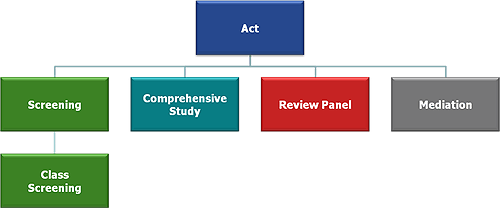Do Environmental Assessment Methods Influence the Client’s Design Choices? (2012)
Environmental assessment methods such as BREEAM were launched in the UK in the early 1990’s, to encourage clients of the construction industry to consider both the internal and external environment when designing new build and refurbishment construction projects. Do these assessment methodologies actually influence clients design choices, or are there other factors that need to be considered?
Different professions within the design team appear to have contrasting views on the success that BREEAM has had in improving the quality of our buildings and their surroundings. Interviewing seven design team members provided a sound base on which to assess the impact BREEAM has and is having on clients of the construction industry.
Of the design team members interviewed, those employed by clients in the public sector were very familiar with BREEAM and its assessment methodology, with the exception of the local authority architects who suggested that they would only apply the methodology when forced to do so. They were unconvinced of the assessments merits and preferred to use their own assessment guidelines, despite recommendations by central government to use BREEAM.
Those design team members employed in the private sector had limited or no knowledge of BREEAM or other assessment methodologies. The results indicate that public sector clients who are bound by government instruction are employing BREEAM on many of their projects. In situations where clients have a choice, cost is still the bottom line that determines whether sustainable solutions are agreed. The fragmented nature of the construction industry has hindered the knowledge transfer of sustainable issues to professionals, which appears to have arrested the adoption of BREEAM.
The aim of this research is to assess how BREEAM influences the design solutions and the workings of the design team process, on new build and refurbishment construction projects. There are two hypotheses that answer the main aim of this dissertation:
- BREEAM adds confusion and complexity to the design team process.
- Knowledge of BREEAM amongst construction professionals is limited as a result of its voluntary nature, and the fragmented characteristics of a construction industry with an inherent resistance to change.
- 12,000 words – 46 pages in length
- Excellent use of literature
- Good analysis of subject area
- Well written throughout
- Includes interview transcripts
- Ideal for construction management students
1 – Introduction
Aim
Objectives
Hypothesis
Methodology
Dissertation Structure
2 – Literature Review
Background
The Limit to Change
Environmental Assessment Methods
The limits of BREEAM
The success and failure of BREEAM and other environmental assessment methods
Collaboration and Communication
Limitations of Environmental Assessment Tools
3 – Research Methodology
Semi-structured Interviews
Participant Selection
Interview Structure
Piloting Interview Questions
Data Analysis
Ethics
Limitations
4 – Primary Research: Perception and Experiences of BREEAM
Analysis of Primary Research
Knowledge Transfer of Sustainability Issues
Knowledge and Application of BREEAM
Participants Unfamiliar with BREEAM
Participants Experienced in BREEAM
Clarity of Delivery by BREEAM Assessors
Allocation of Credits
Revising BREEAM and Alternative Solution to Increase Its Use
5 – Conclusions
References
Appendix
Transcripts of Interviews
Interview Questions

